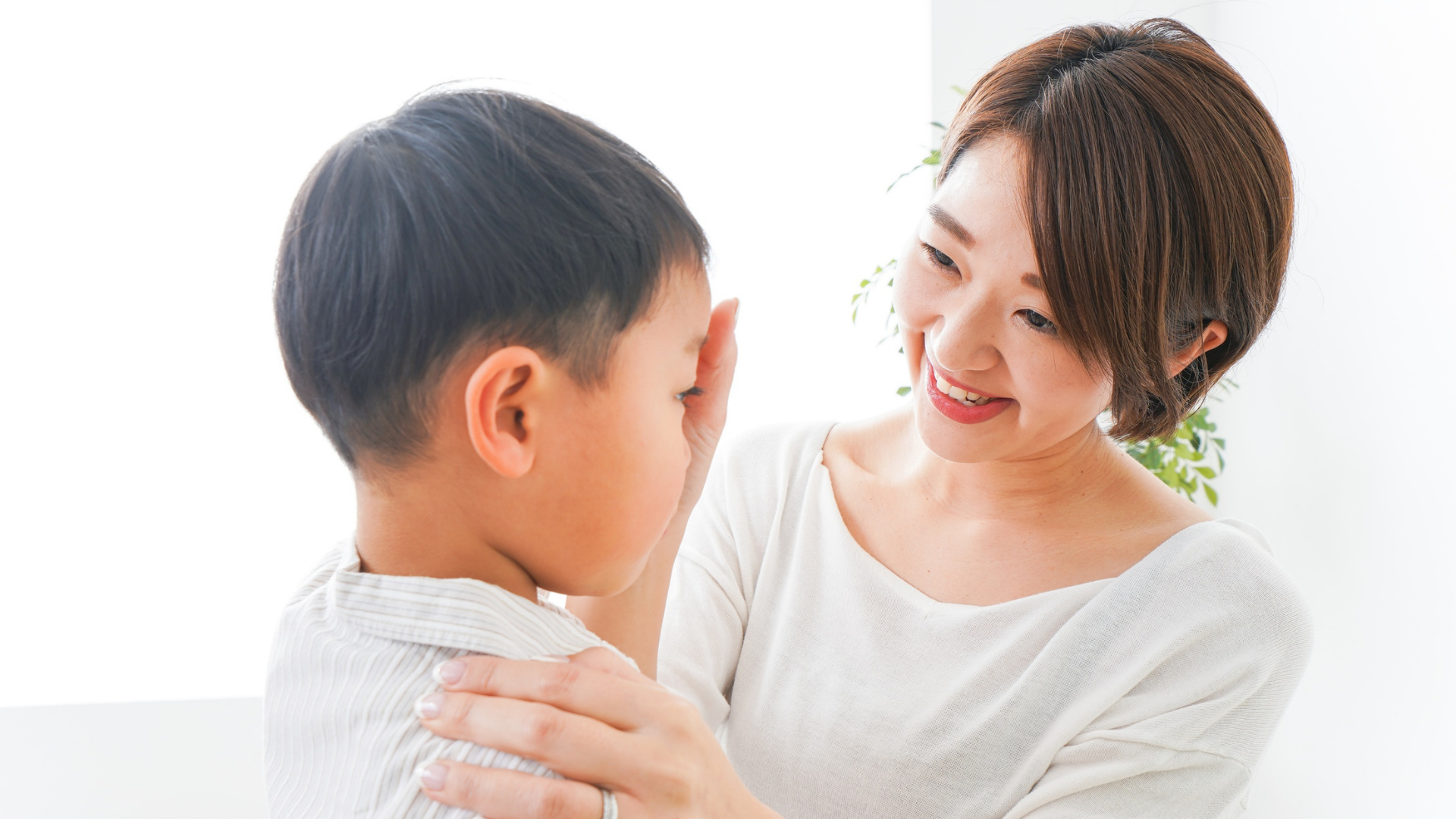Strabismus in children is a major concern for parents. It not only affects appearance, but if left untreated, vision can deteriorate.
Children with strabismus have misaligned eyes, which could be eyes turning outward or inward. Strabismus is not a single condition; some children have intermittent strabismus, which only appears when tired or unfocused, while others may have pseudostrabismus, which is common among Asian children.
For normal eye coordination, the brain, optic nerves, visual balance, and eye muscles all play essential roles. Any congenital or acquired lesions with these components can cause strabismus, and children with significant refraction errors like shortsightedness, longsightedness or astigmatism are more likely to develop it. According to data from Development of Health, the incidence rate of strabimus among Hong Kong children is as high as 4%. Parents can observe if their child mainly uses one eye to focus—this could indicate strabismus.

Children's eye problems differ from adults. The period from birth to age 7–8 is critical for vision development. If any problems with the eye structures or strabismus occur during this time, amblyopia (lazy eye) may develop, which can have a long-term impact on vision.
Parents may worry about the above information, but treatments for strabismus are well-established and effective.
For strabismus caused by refractive errors, wearing suitable glasses can improve the problem.

If strabismus is due to amblyopia, patching therapy can help correct amblyopia and improve strabismus.
This is a fundamental treatment for cases caused by eye muscle imbalance. Surgery adjusts the eye muscles to align the eyes. Current surgical techniques are mature, with a success rate usually over 80%. Some patients may need a second or staged surgery depending on severity or cause. Children's strabismus surgery is performed under general anesthesia. The surgeon decides whether to operate on one or both eyes, surgery involves making a small incision on the conjunctiva (the white part of the eye), and tightens or loosens the relevant eye muscles as needed to correct the strabismus.
Postoperatively, children may experience double vision for first few days or week after surgery, but this will disappear as the brain adapts. Early treatment is greatly beneficial for a child's development and self-confidence.
Updated: 2025-07
Please note that all medical health articles featured on our website have been reviewed by Chiron Medical doctors. The articles are for general information only and are not medical opinions nor should the contents be used to replace the need for personal consultation with a qualified health professional on the reader's medical condition.